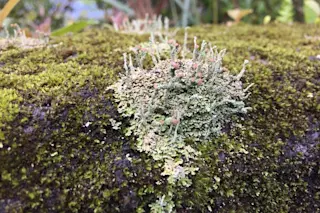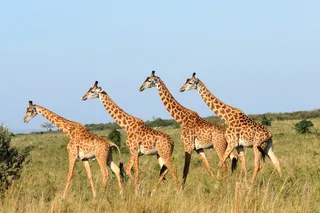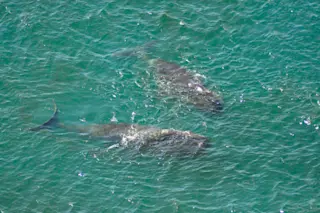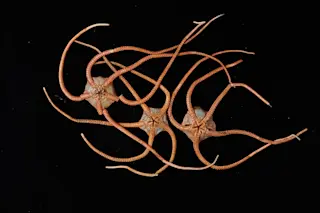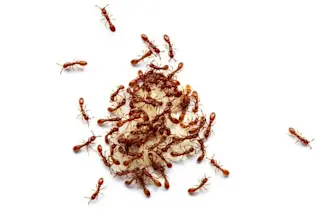65 million years ago, a meteor catastrophically changed our planet’s biodiversity. All non-avian dinosaurs went extinct. By some estimates, 15,000 teragrams (that’s equal to the mass of 10 million redwood trees) of soot darkened the air. Lush and flowering plants that had proliferated around 40 million years earlier were decimated, deprived of life-giving sunlight. Surrounded by death, fungi flourished – their favorite food, dead bodies, was plentiful.
Other groups, like mammals, fared pretty well after the mass extinction as well, as they colonized niches recently vacated by dinosaurs and other creatures. But how a different group of organisms, the still-mysterious lichens, weathered the cataclysmic event wasn’t clear. Now, a new study finds that they may done quite well for themselves after the asteroid hit, and it’s another piece of evidence for a logical-if-you-think-about-it perspective: mass extinctions aren’t necessarily bad for all species.
Lichens can be thought of as the corals ...


